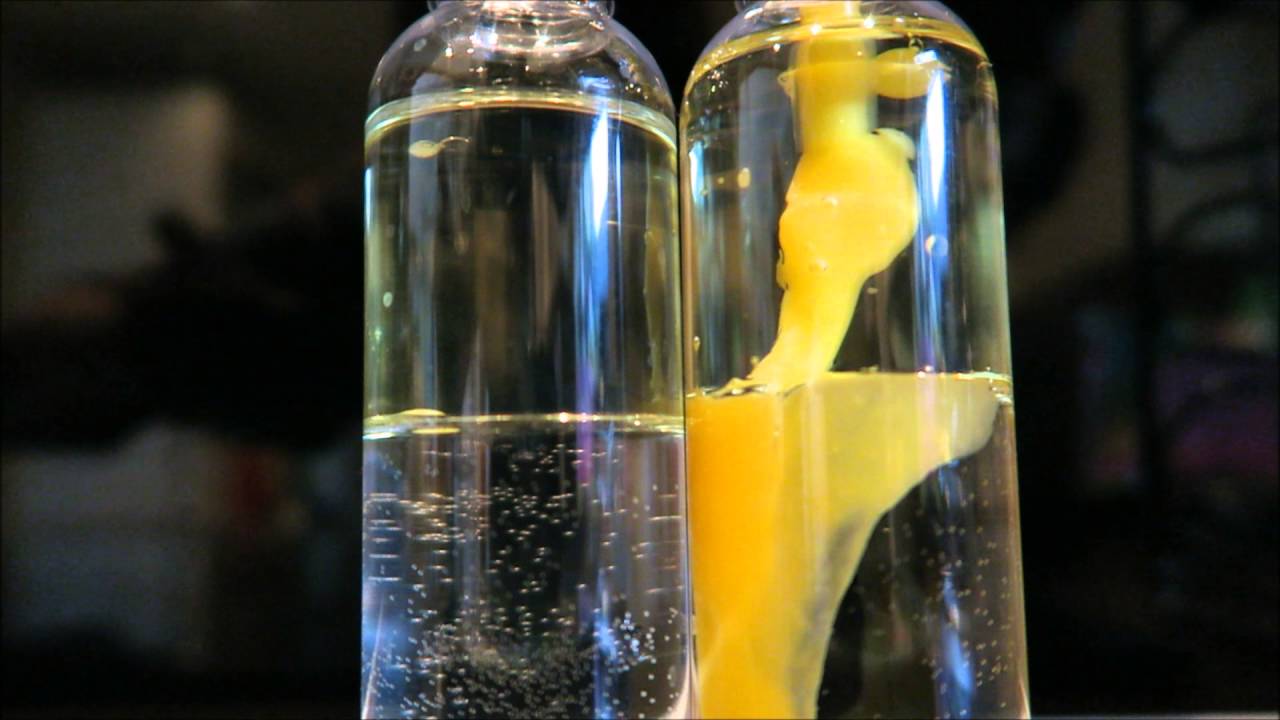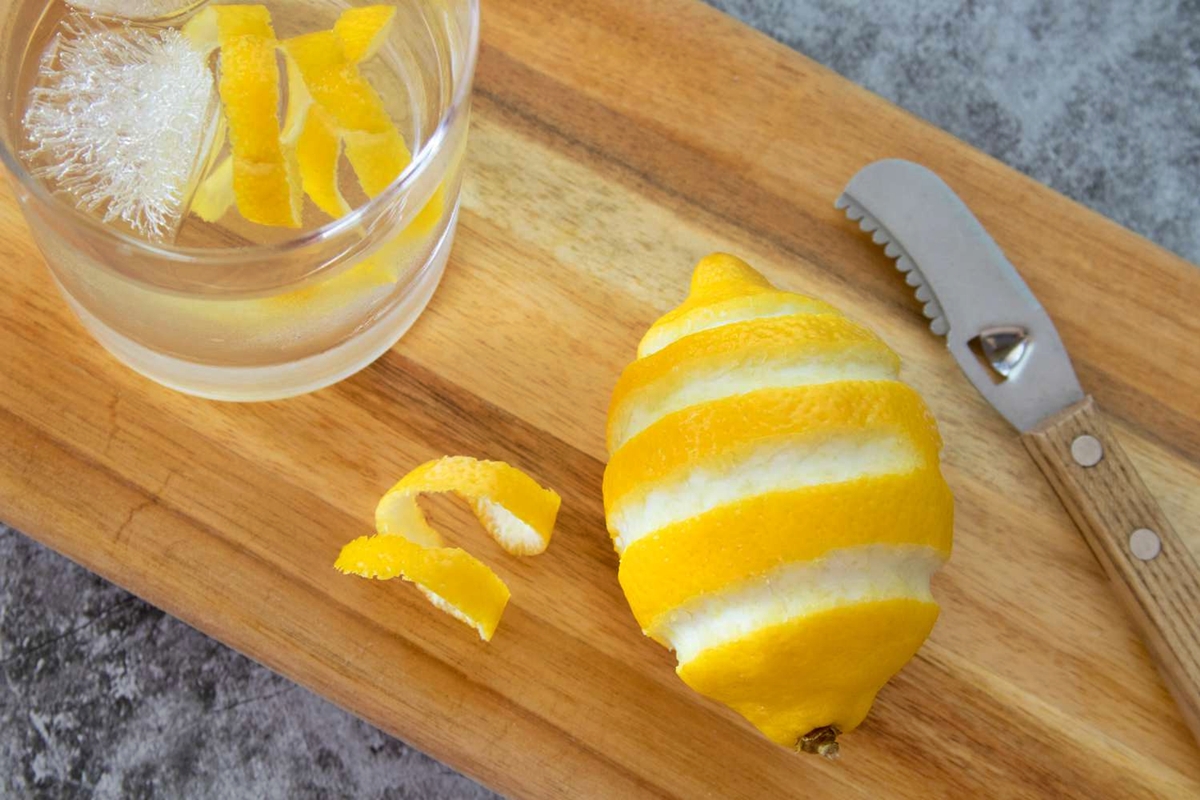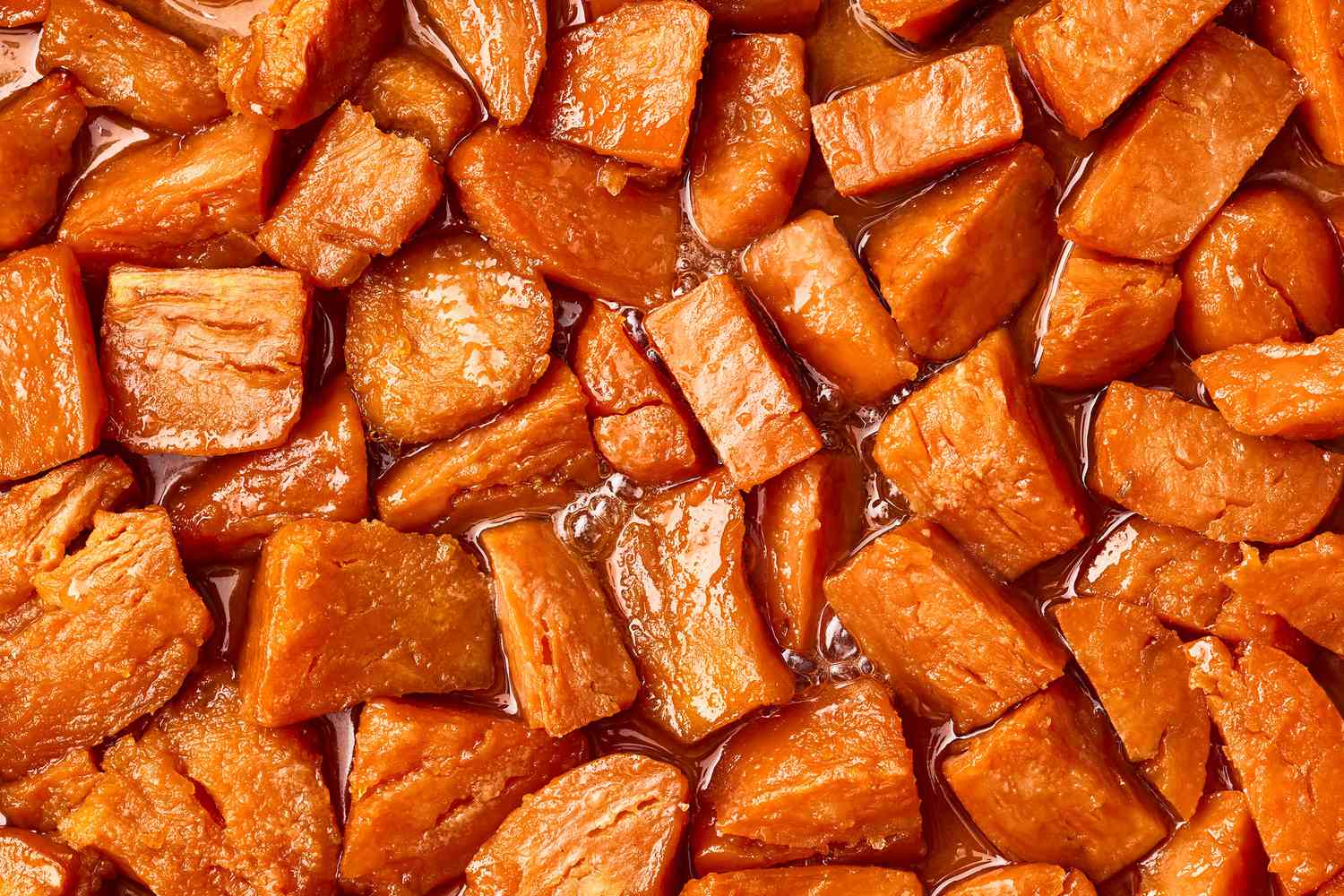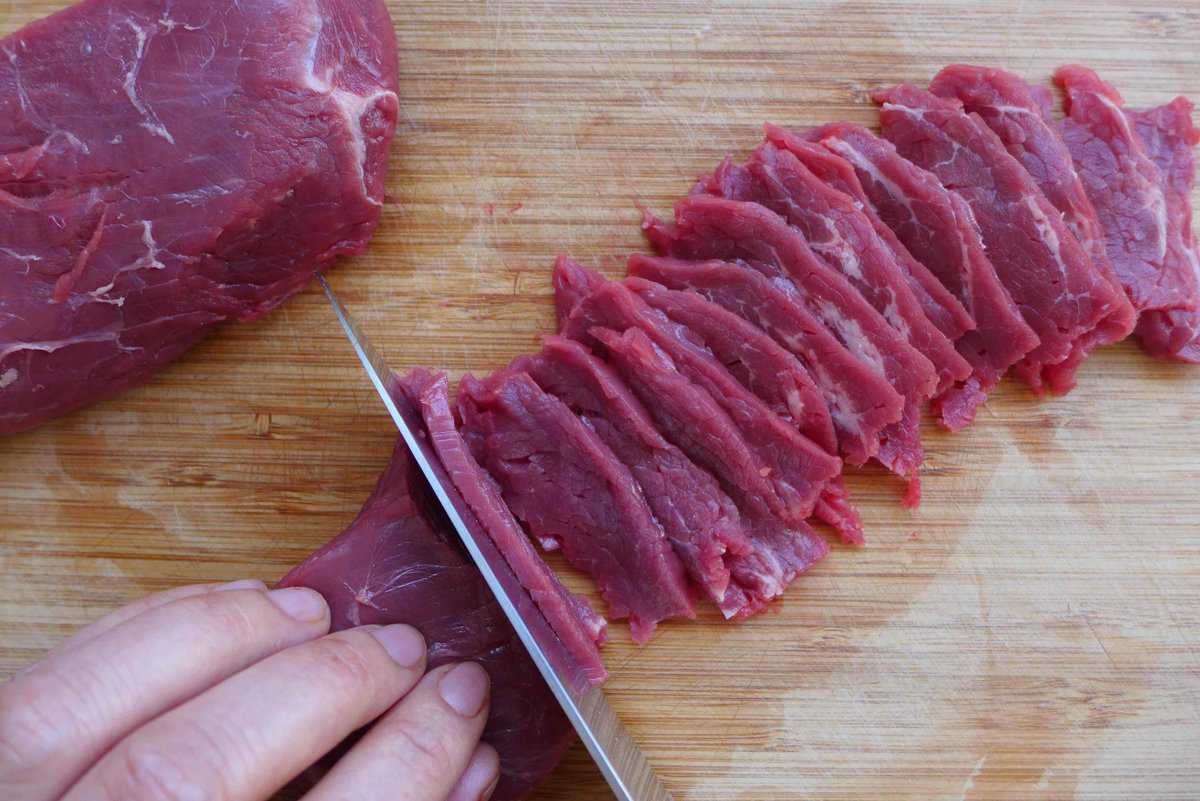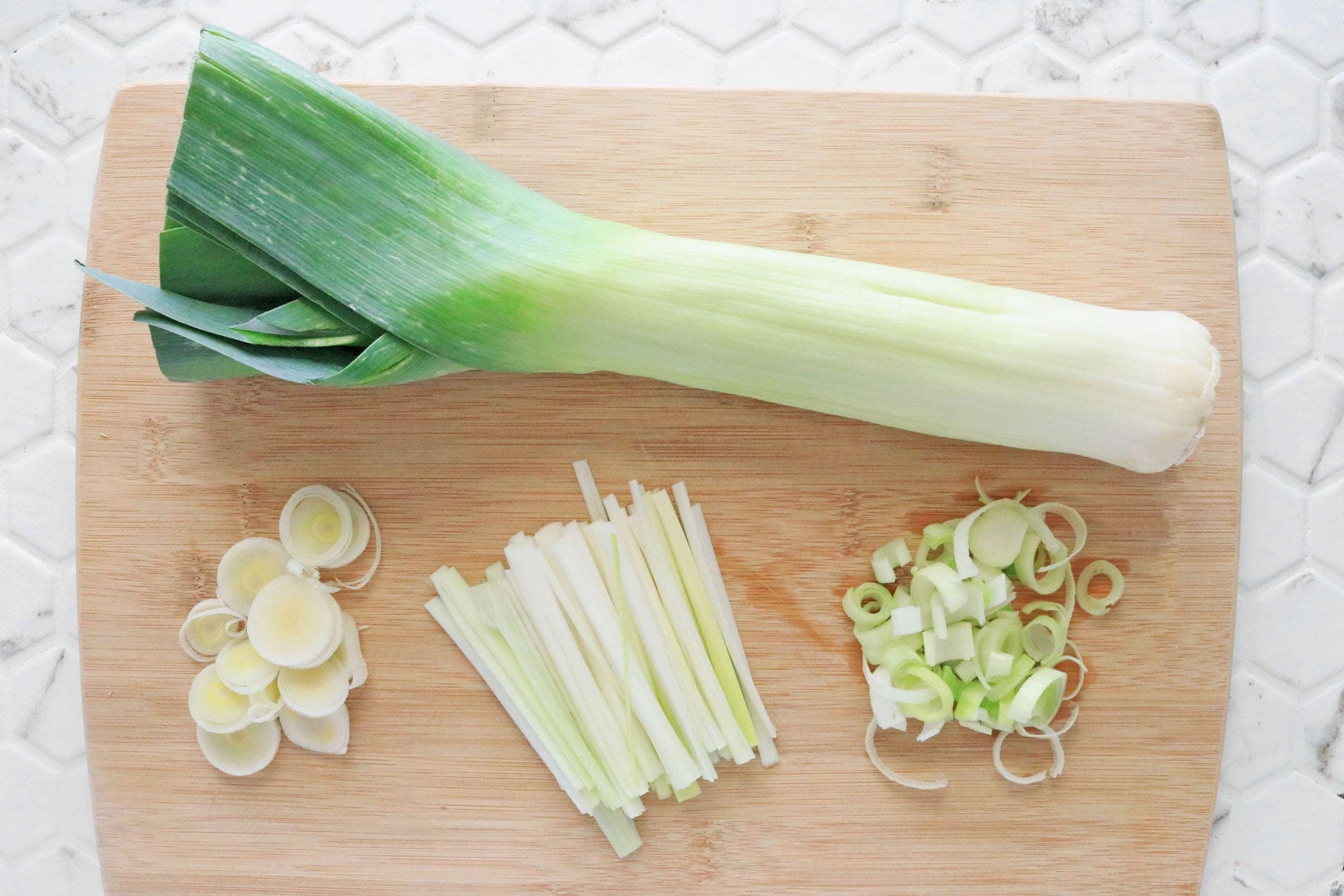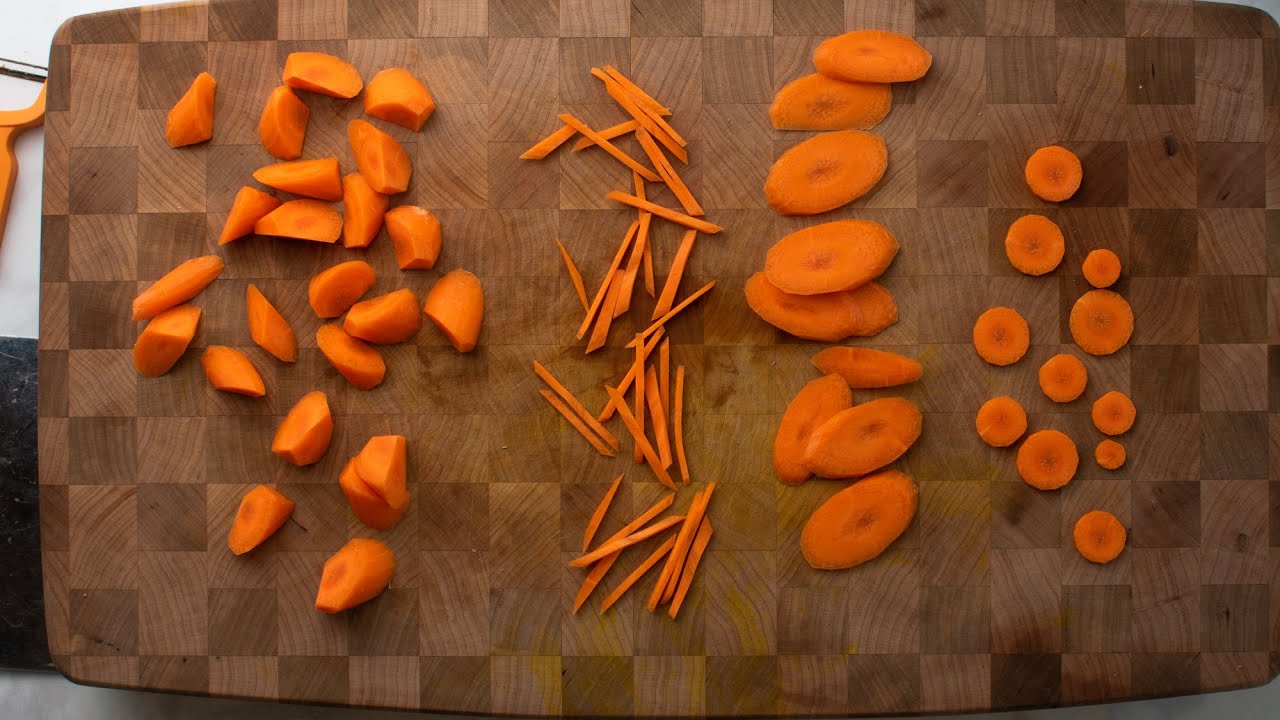How to Fix a Broken Sauce or Vinaigrette
We’ve all been there – you’re in the middle of preparing a delicious meal, only to find that your sauce or vinaigrette has separated or “broken”. Don’t fret! With a few simple tricks and techniques, you can easily fix a broken sauce or vinaigrette and save your dish. Let’s dive in!
Understanding the Problem:
Before we dive into the solutions, let’s understand why sauces and vinaigrettes break in the first place. A broken sauce or vinaigrette occurs when the emulsion, which is the mixture of two or more ingredients that don’t naturally mix together, separates and forms distinct layers. This can happen due to improper balancing of fat and acid, overmixing, or temperature fluctuations.
Tips for Fixing a Broken Sauce or Vinaigrette:
- Re-Establish the Emulsion: The key to fixing a broken sauce or vinaigrette is to re-establish the emulsion. Start by transferring the broken sauce or vinaigrette to a clean bowl.
- Add an Emulsifier: To re-establish the emulsion, you’ll need to add an emulsifier. This could be a spoonful of mustard or mayonnaise for sauces, or a teaspoon of Dijon mustard for vinaigrettes. The emulsifier acts as a binding agent, helping the ingredients stick together.
- Whisk Vigorously: Once you’ve added the emulsifier, whisk the sauce or vinaigrette vigorously. This incorporates air into the mixture and helps the emulsion come back together. Keep whisking until the sauce or vinaigrette is smooth and well combined.
- Gradually Add Broken Mixture: If whisking alone doesn’t fix the problem, try gradually adding the broken sauce or vinaigrette to a small amount of the same emulsifier. This allows you to control the rate at which the emulsion forms, increasing your chances of success.
- Temperature Adjustment: Temperature fluctuations can also cause sauces and vinaigrettes to break. If whisking and adding an emulsifier doesn’t work, try bringing the broken sauce or vinaigrette to room temperature. Then, add small amounts of the broken mixture to a new bowl with an emulsifier, whisking vigorously to create a new emulsion.
Preventive Measures:
While knowing how to fix a broken sauce or vinaigrette is valuable, it’s always better to prevent the problem from happening in the first place. Here are a few tips to help you avoid a broken sauce or vinaigrette:
- Proper Balance: Ensure you have the right balance of fat and acid in your sauce or vinaigrette. This helps create a stable emulsion that is less likely to break.
- Avoid Overmixing: Overmixing can lead to the separation of ingredients. Mix gently and only until all the ingredients are combined.
- Store Correctly: Some sauces and vinaigrettes may separate when refrigerated. To avoid this, store them in airtight containers and only refrigerate if necessary.
- Serve Fresh: Freshly made sauces and vinaigrettes are less likely to break compared to those stored for a long time. Try to make them just before use.
By following these tips and techniques, you’ll become a pro at fixing broken sauces and vinaigrettes. Remember, practice makes perfect! So don’t get discouraged if your first attempt doesn’t go as planned. Keep experimenting and soon you’ll be whipping up beautifully emulsified sauces and vinaigrettes every time. Happy cooking!
More Delicious Recipes to Try
Now that you've mastered the art of fixing a broken sauce or vinaigrette, why not put your new skills to the test with a selection of recipes designed to benefit from your expertise? Try the Silky Homemade Mayonnaise for a silky, rich base in your dressings and dips. If you're aiming for something with a tangy kick, the Tangy Creamy Balsamic Vinaigrette can be a delightful challenge to ensure emulsification stays perfect. For those who enjoy creamier textures, attempting the Perfect French Hollandaise will allow you to practice maintaining the delicate balance required to prevent separation. Each of these recipes serves as an ideal platform to apply the techniques you've learned, enhancing both your kitchen prowess and your meals.
1. Whisking in a small amount of warm water or stock gradually until the mixture comes back together.
2. Incorporating a fresh egg yolk into the broken mixture and whisking vigorously until it emulsifies again.
3. Adding a tablespoon of a previously prepared and successfully emulsified sauce or vinaigrette to help re-establish the emulsion.
4. Slowly drizzling the broken sauce or vinaigrette into a blender or food processor while running, which can help homogenize the ingredients.
5. Using an immersion blender to blend the broken mixture until it emulsifies.
1. Slowly add the oil to the acid or other liquid while constantly whisking or stirring to establish a stable emulsion.
2. Use room-temperature ingredients, as cold ingredients can sometimes hinder emulsification.
3. Avoid adding too much acid at once; instead, incorporate it gradually to maintain the emulsion.
4. If using eggs, make sure they are at room temperature to aid in emulsification.
5. Store the sauce or vinaigrette properly, away from extreme temperatures, which can cause separation.
Remember, even with preventive measures, mishaps can still occur, but knowing how to fix a broken sauce or vinaigrette will help you confidently correct the problem and save your dish.
